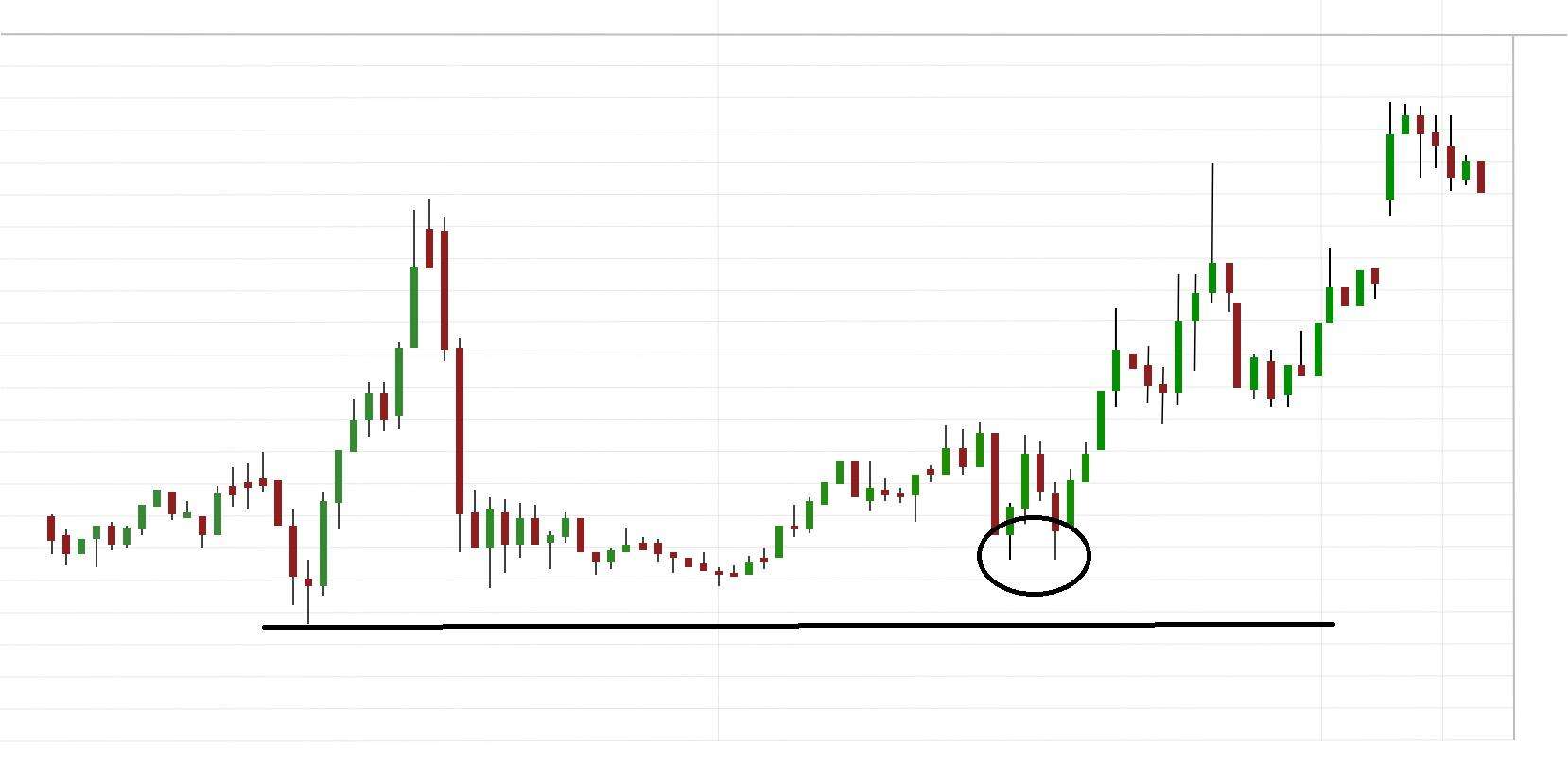What is day trading?
Day trading is a short-term strategy that traders use to buy and sell financial instruments with the aim of closing out positions by the end of the day. The idea of day trading in the UK has increased in popularity over recent years.
Technology has played a big part in this – thanks to fast broadband and mobile connections we have a wealth of real-time market information at our fingertips. This has led to many more people accessing the markets through day trading, in other words, placing trades throughout the day to try and profit from volatility as market prices go up and down.
But what strategies can you use? Should you keep it simple, or use something a bit more complicated?





